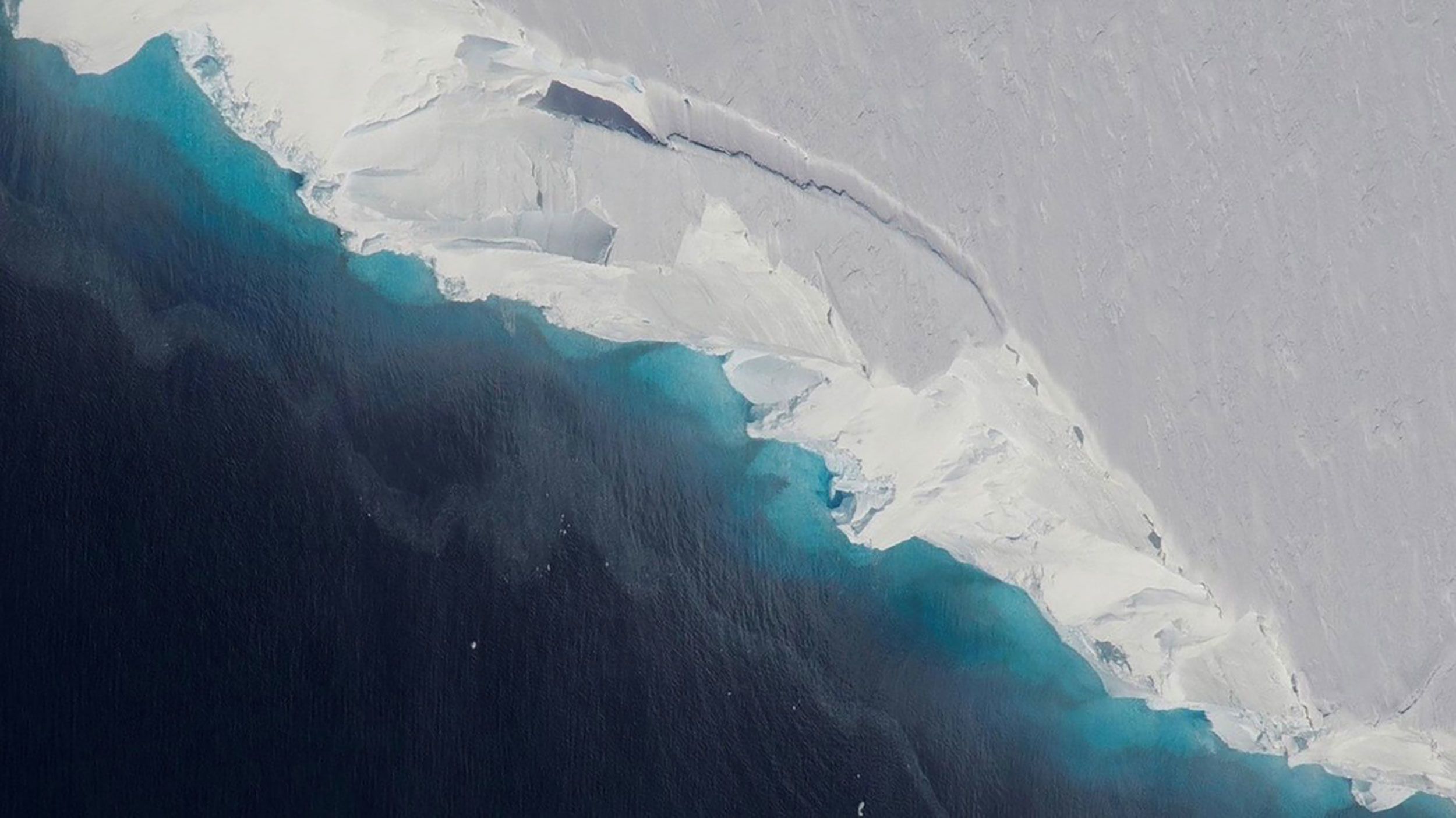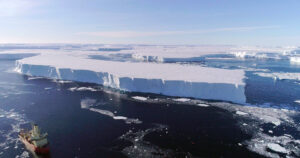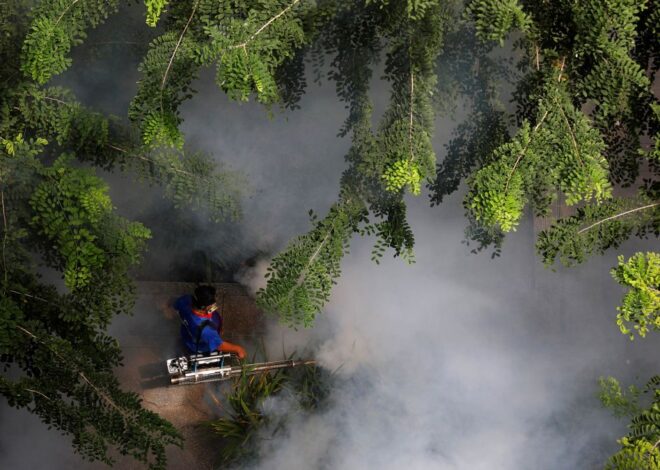
West Antarctic Ice Melt: Inevitable Consequences for Rising Seas
West Antarctic Ice Melt. New research has raised a red flag about the rapid melting of West Antarctica’s ice shelves, linking it to human-driven global warming. A study published in the journal Nature Climate Change warns of potentially catastrophic outcomes for rising sea levels worldwide.
Even if the world manages to achieve ambitious targets for curbing global warming, West Antarctica is on an inexorable course of significant ocean warming and ice shelf melting.

Ice shelves, those colossal extensions of ice that reach out into the ocean from glaciers, play a pivotal role. They act as stabilizers, holding back land-based ice, slowing its journey into the sea, and providing a crucial defense against sea level rise. As ice shelves dwindle, they become thinner, losing their capacity to curb the flow of ice.
Unsettled Reversibility
While concerns have been growing regarding irreversible ice loss in West Antarctica, there has been uncertainty about how much could be alleviated through climate policies.
Basal Melting and Ocean Warming
The study zeroes in on “basal melting,” where warm ocean currents melt ice from below. Researchers examined the pace of ocean warming and ice shelf melting under various climate change scenarios, ranging from optimistic ones that restrict global warming to 1.5 degrees Celsius above pre-industrial levels to worst-case scenarios marked by extensive use of planet-warming fossil fuels.
Dismal Discoveries
Even under the best-case scenario of limiting global warming to 1.5 degrees Celsius (a goal currently not within reach), the study reveals that climate change could still drive ocean warming at three times the historical rate. The study dishearteningly concludes that even significant pollution reductions now will have “limited power” to prevent the disintegration of the West Antarctic ice sheet.
Gloomy Outlook for West Antarctica
West Antarctica is already the largest contributor to global sea level rise. With enough ice to elevate sea levels by an average of over 17 feet, it is home to the Thwaites Glacier, ominously nicknamed the “Doomsday glacier.” Its collapse could lead to a sea level rise of several feet, compelling coastal communities and low-lying islands to adapt to rising sea levels or relocate.
Sea Level Rise Ramifications
Although the study does not directly quantify the impact on sea level rise, it is highly expected that as ice shelves vanish, sea levels will unquestionably increase, exacerbating the global sea level rise challenge.
A Daunting Path Ahead
Ted Scambos, a glaciologist at the University of Colorado Boulder, comments that the findings are sobering and underline the inexorable nature of sea level rise. He emphasizes that reducing pollution is not enough; the real challenge is removing the accumulated emissions to halt rapid ice melting.
A Note of Prudence and Resolve
While some scientists urge prudence, emphasizing the complexity of predicting future melting rates in West Antarctica, the study aligns with previous research in the region. It serves as a stark reminder for policymakers to take immediate and resolute actions to combat climate change.
Kaitlin Naughten, the lead author of the study, acknowledges the grim outlook but underscores the importance of continued efforts to reduce fossil fuel emissions. While West Antarctic ice melt seems unavoidable, humanity can still make a substantial difference in other regions and across the world.


